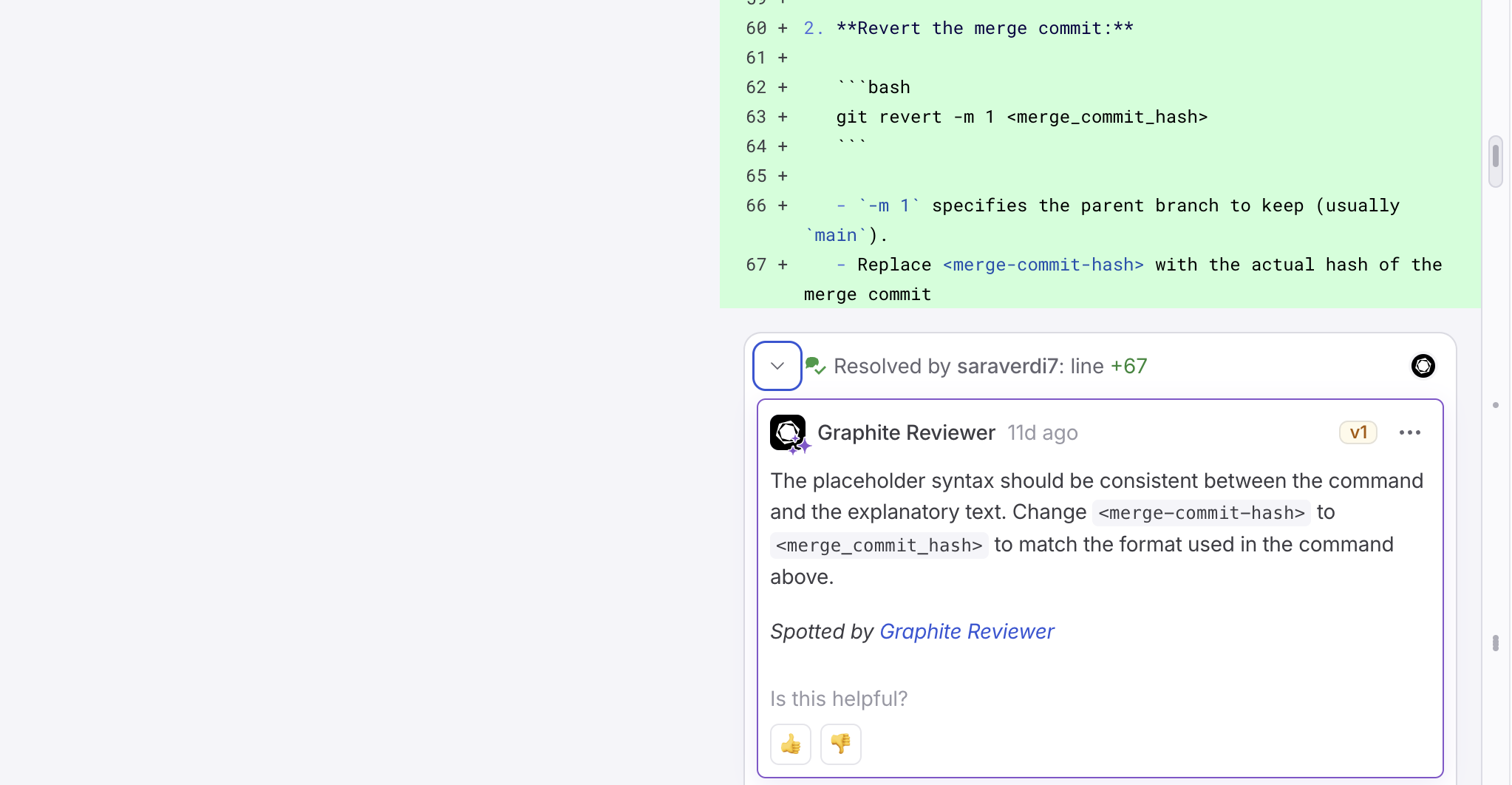When selecting the best AI model for code review, several contenders stand out, each with unique capabilities and focus areas. Here's a comparison of prominent AI models, highlighting their strengths and use cases.
Anthropic
Anthropic is known for its safety and interpretability in AI systems. In the context of code review, its models are designed to minimize the risk of introducing errors while ensuring that suggestions are understandable and actionable by developers.
OpenAI ChatGPT
OpenAI's ChatGPT is versatile in processing natural language, making it useful for automated code explanations and identifying inconsistencies in code logic. Its adaptability allows it to integrate well with various programming environments.
GitHub Copilot
Powered by OpenAI, GitHub Copilot acts like a pair programmer by suggesting whole lines or blocks of code as you type. It's particularly effective in real-time code completion and can learn from the codebase it's assisting with, making it a practical tool for everyday development.
Perplexity
Perplexity AI focuses on understanding code at a deeper level, using machine learning models to suggest improvements and optimizations. It's ideal for projects requiring significant refactoring or where performance is a critical factor.
Meta AI
Meta AI develops models that can automate several aspects of code review, such as bug detection and code optimization. Their models are also capable of learning from historical data, making them better over time at predicting potential issues.
Google Gemini
Google's Gemini model is designed to understand and generate code effectively. It excels in scenarios where integration with Google's suite of development tools is crucial, offering seamless compatibility and enhanced support for developers using Google Cloud services.
Graphite Agent and AI code review
While the AI models mentioned are individually capable, tools like Graphite Agent that are built upon these AI technologies offer more specialized and comprehensive solutions tailored to the specific needs of code review processes. Graphite Agent exemplifies how AI can be seamlessly integrated into the development workflow to enhance code quality and developer productivity.
Graphite Agent sets itself apart by providing immediate, actionable feedback on pull requests with a focus on being codebase-aware. This AI tool does not merely suggest code changes but actively learns from your repository's past interactions to provide contextually relevant feedback. Graphite Agent excels in:
- Catching bugs and errors: It automatically scans opened PRs for bugs, logical errors, and other technical pitfalls before human reviewers are involved.
- Enforcing quality and consistency: You can customize Graphite Agent with repo-specific AI prompts and regex rules to maintain high standards across your team.
- Securing your code: One of Graphite Agent's key features is its commitment to data security—your code remains private and is not used to train the AI.
- Personalized and codebase-specific prompts: Graphite Agent can interpret your team’s code style rules in plain English, ensuring every PR adheres to those guidelines, from using hex codes for color representation to enforcing naming conventions in TypeScript.

Summary
In summary, choosing the best AI model for code review depends on your specific needs, from the complexity of the codebase to the desired integration level with existing tools. While each AI model offers unique strengths, more specific approaches to personalized, codebase-aware feedback, like Graphite Agent, ensure high-quality reviews that scale with your team's needs, making it an exciting tool in the code review landscape.